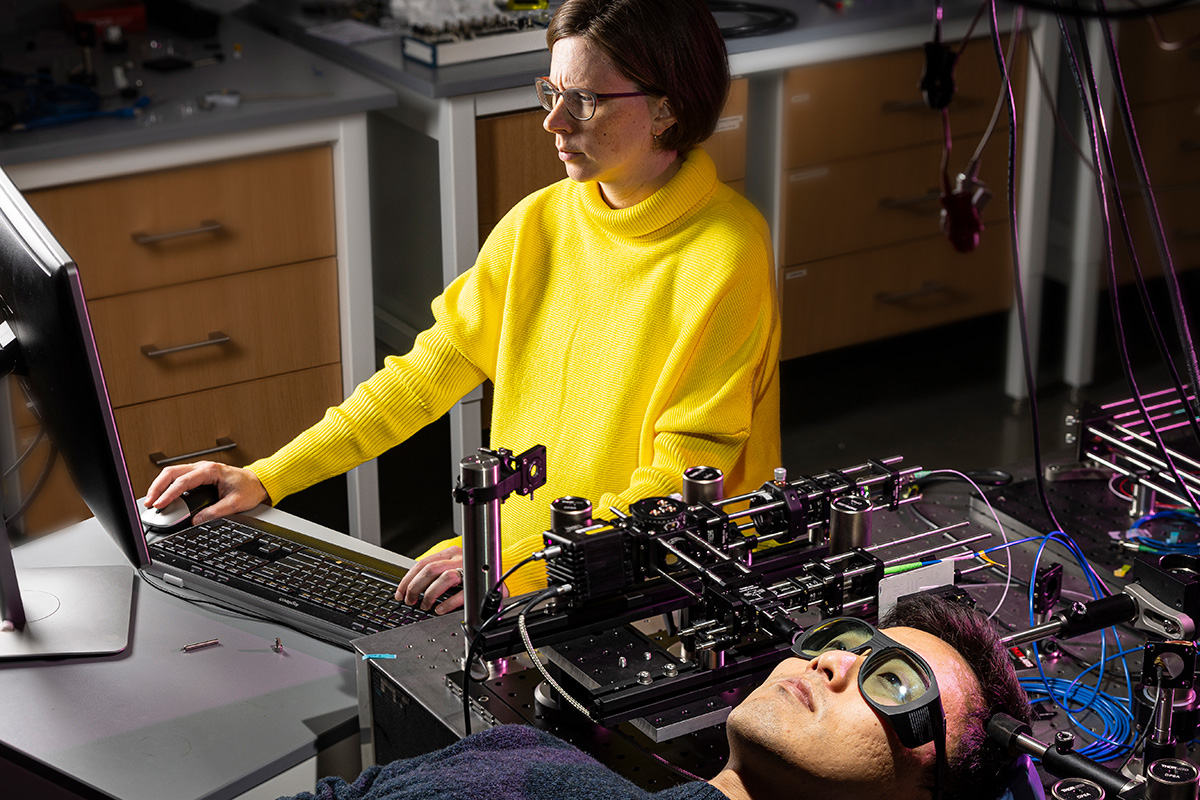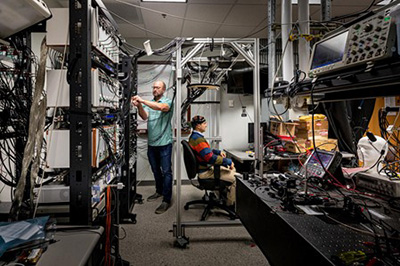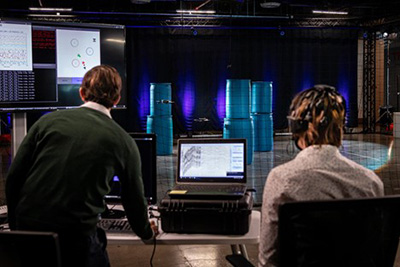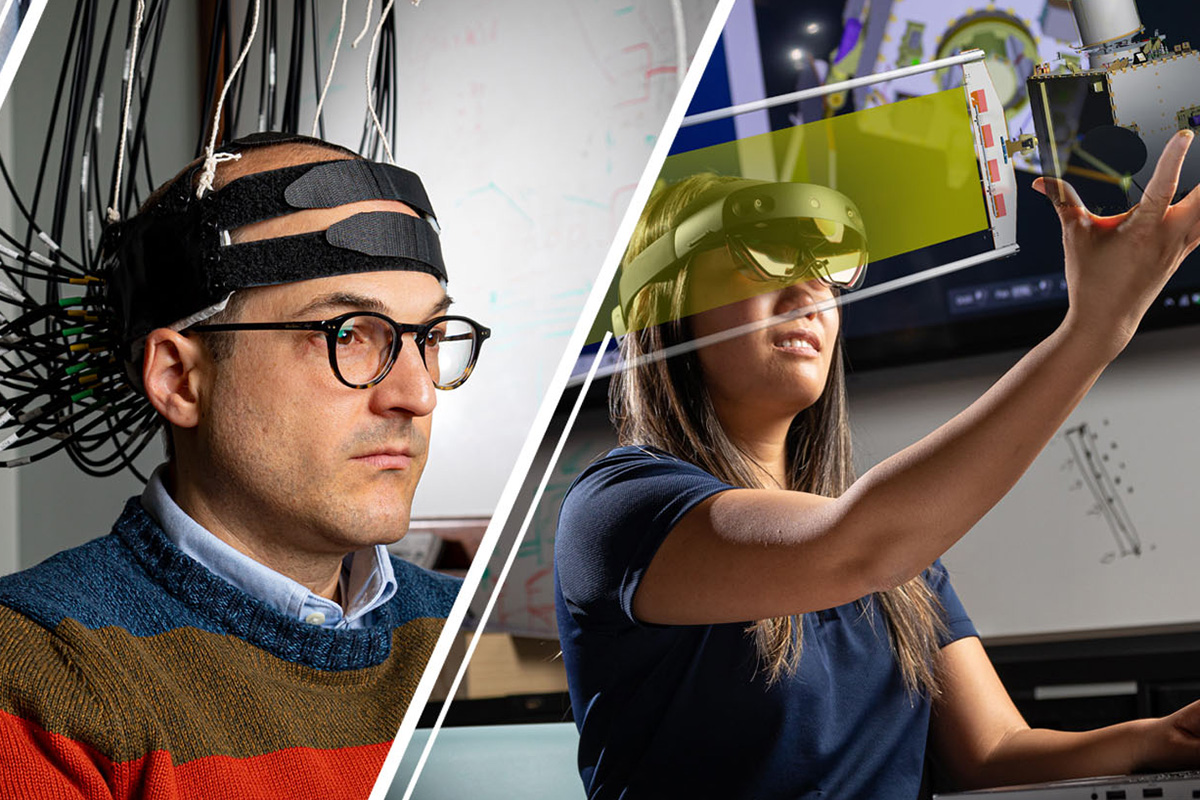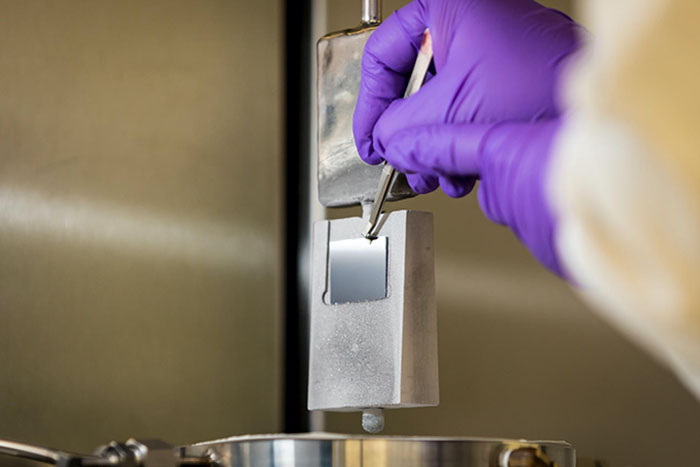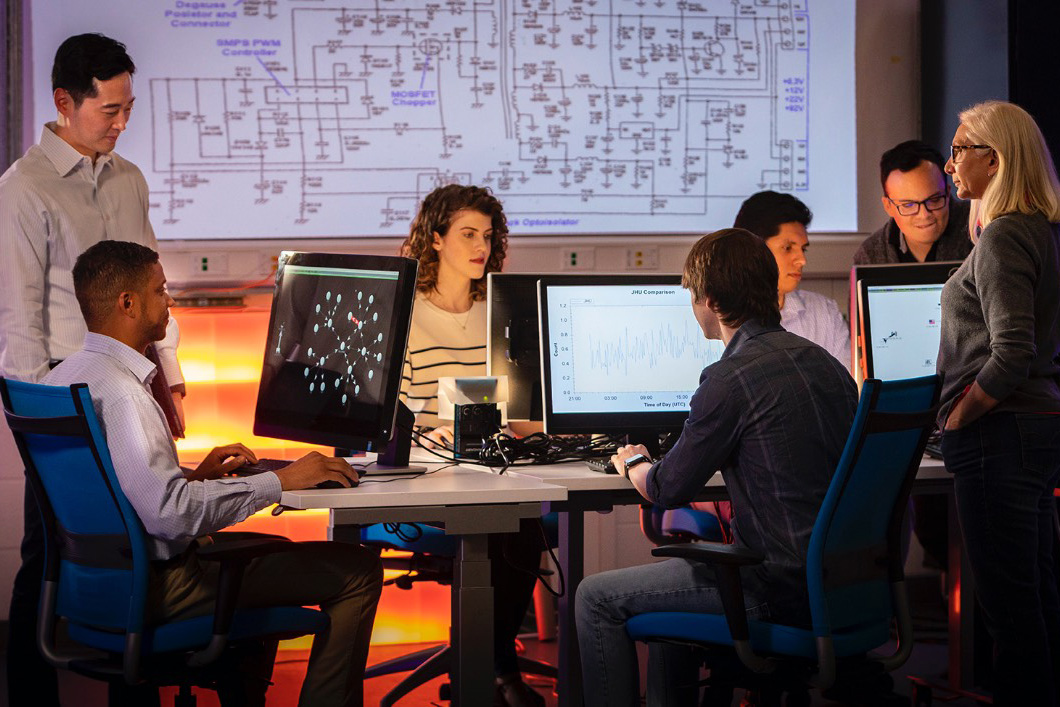Perception of Dynamic Displays by People with Argus® II Retinal Prostheses
B. Christie, R. Sadeghi, A. Kartha, et al.
11th International IEEE/EMBS Conference on Neural Engineering (NER), 2023, doi:10.1109/NER52421.2023.10123765
Intracortical Somatosensory Stimulation to Elicit Fingertip Sensations in an Individual with Spinal Cord Injury
M.S. Fifer, D. P. McMullen, L. E. Osborn, et al.
Neurology, vol. 98, pp. e679–e687, 2022, doi:10.1212/WNL.0000000000013173
Shared Control of Bimanual Robotic Limbs with a Brain-Machine Interface for Self-Feeding
D. A. Handelman, L. E. Osborn, T. M. Thomas, et al.
Frontiers in Neurorobotics, vol. 16, 2022, doi:10.3389/fnbot.2022.918001
At-Home Void Training with Spinal Epidural Stimulation in an Individual with Chronic Spinal Cord Injury Using Advanced Customized Software
C. Hubscher, S. Wang, S., E. Johnson, et al.
Physiology, vol. 38, no. S1, 5734196, 2023
Automated Tools to Improve Spinal Cord Injury Outcomes with Epidural Stimulation
E. C. Johnson, J. K. Matelsky, C. Cooke, et al.
11th International IEEE/EMBS Conference on Neural Engineering (NER), pp. 1–4, 2023, doi:10.1109/NER52421.2023.10123805
Stable Decoding from a Speech BCI Enables Control for an Individual with ALS without Recalibration for 3 Months
S. Luo, M. Angrick, C. Coogan, et al.
Advanced Science, vol. 10, 2304853, 2023, doi:10.1002/advs.202304853
Evoking Natural Thermal Perceptions Using a Thin-Film Thermoelectric Device with High Cooling Power Density and Speed
L. E. Osborn, R. Venkatasubramanian, M. Himmtann, et al.
Nature Biomedical Engineering, pp. 1–14, 2023, doi:10.1038/s41551-023-01070-w
